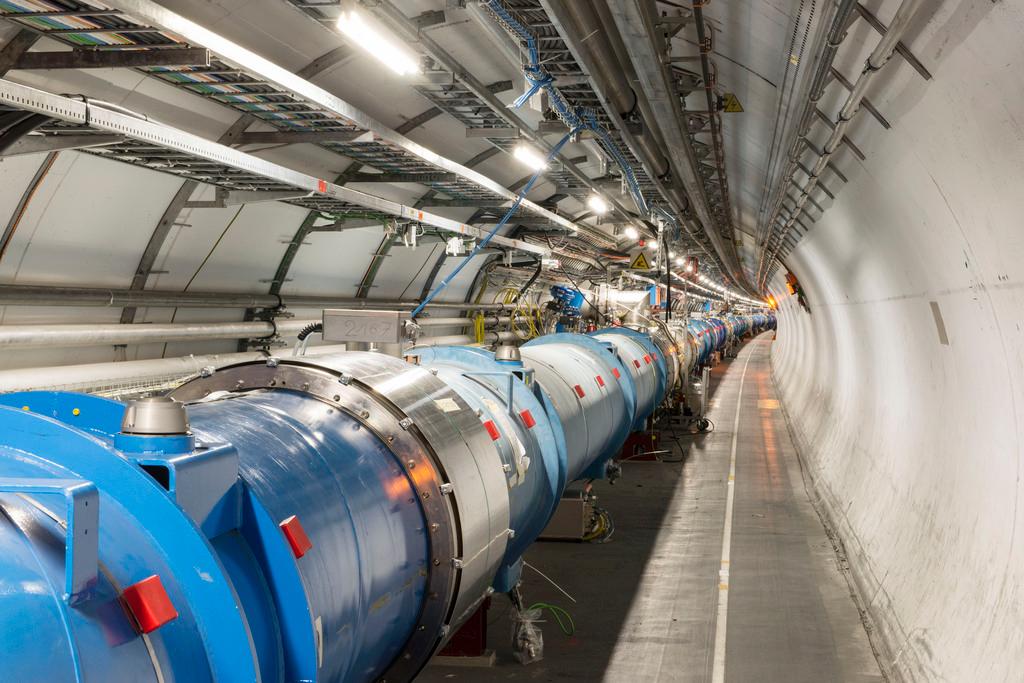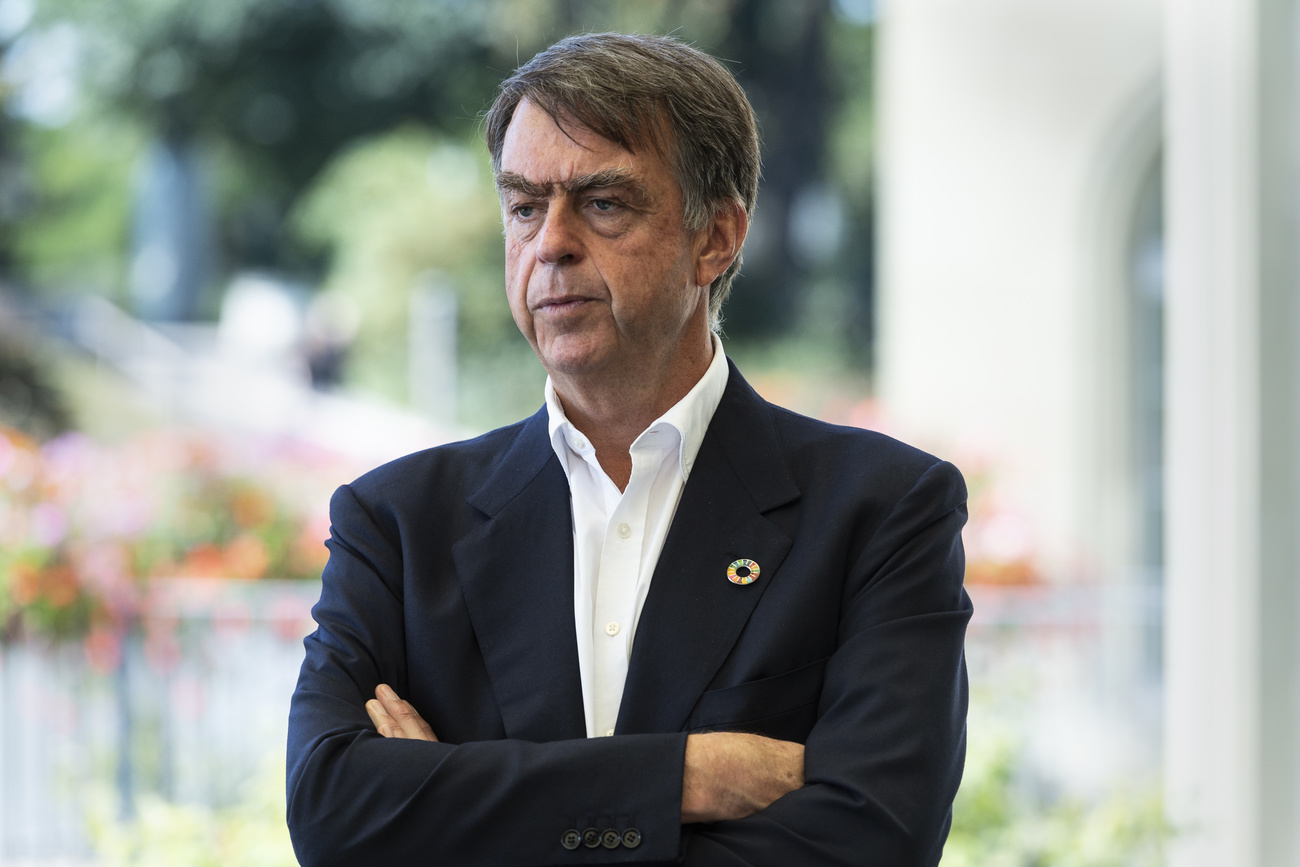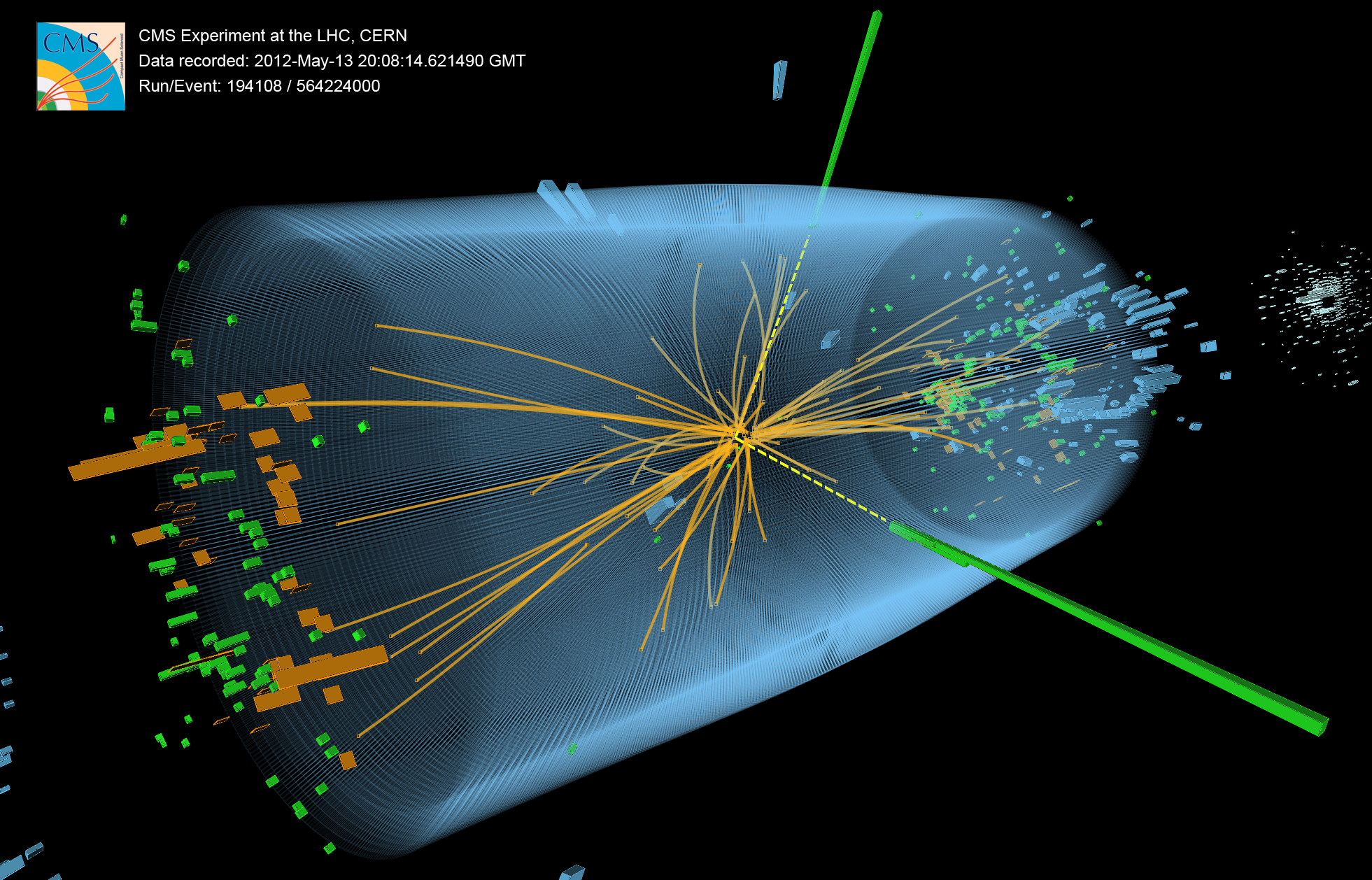CERN scientists discover two new subatomic particles

Scientists at the world’s largest atom smasher on the outskirts of Geneva say they have discovered two new subatomic particles that could widen our understanding of the universe.
An experiment using the Large Hadron Collider at CERN (the European Organization for Nuclear Research) found the new particles, which were predicted to exist, and are both baryons made from three quarks (elementary particles) bound together by a strong force.
In a statement on Wednesday, CERN officials said the discovery could shed more light on how things work beyond the “Standard Model” physics theory which explains the basic building blocks of matter. The results were also submitted to the scientific journal Physical Review Letters.
“Nature was kind and gave us two particles for the price of one,” said one of the CERN collaborators, Matthew Charles at Paris VI University.
‘Exciting result’
The new particles are more than six times the size of the protons that scientists have been deliberately crashing into each other in a 27-kilometre tunnel on the Swiss-French border to see what they can discover about the make-up of the universe and its tiniest particles.
The heavier weight of the two particles is due in part to their “spins” in opposite directions which is “an exciting result”, said Steven Blusk of Syracuse University in New York.
CERN-based physicist Patrick Koppenburg said the study, using data taken during 2011 and 2012, could help differentiate between Standard Model effects and “anything new or unexpected in the future”.
Teams of thousands of CERN scientists also used the state-of-the-art particle accelerator to discover in July 2012 the subatomic particle known as the Higgs boson, without which particles wouldn’t hold together and there would be no matter. The discovery helped Peter Higgs win the 2013 Nobel Prize in physics by proving his theories right.

In compliance with the JTI standards
More: SWI swissinfo.ch certified by the Journalism Trust Initiative












You can find an overview of ongoing debates with our journalists here . Please join us!
If you want to start a conversation about a topic raised in this article or want to report factual errors, email us at english@swissinfo.ch.